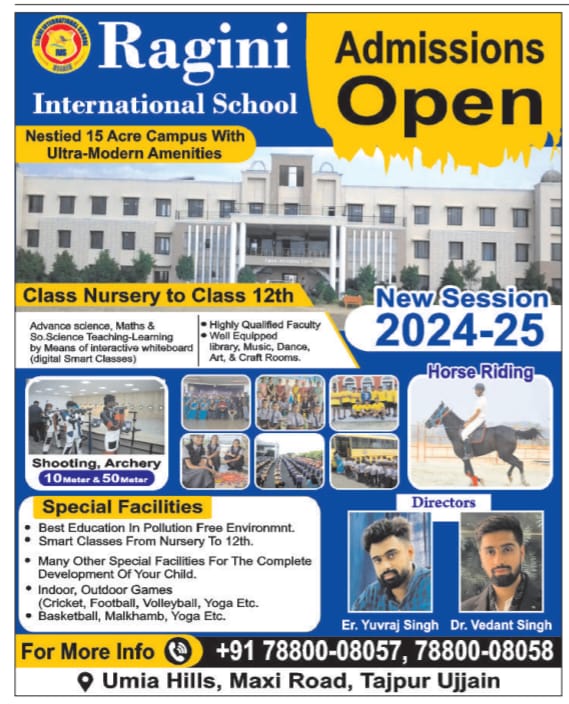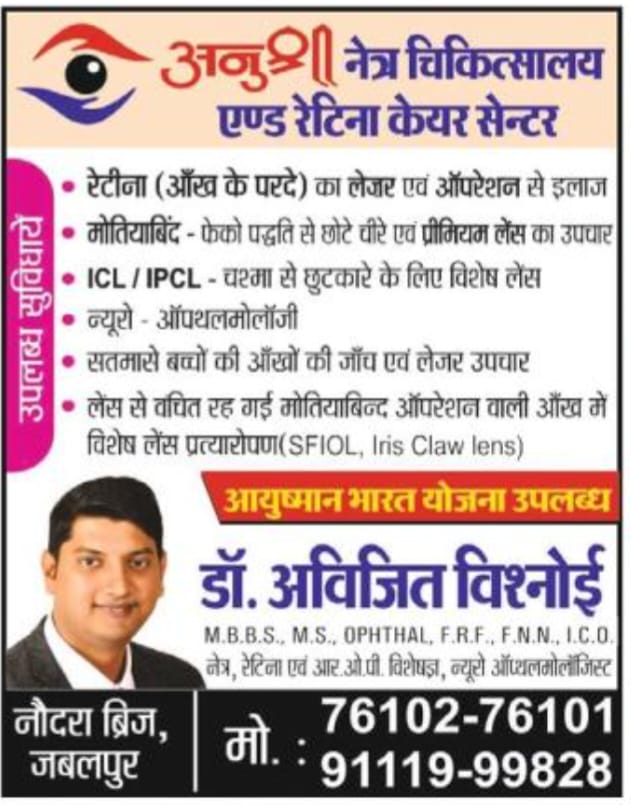Respiration in Humans
Like other land animals, human beings are air breathers. Air contains oxygen. The human beings need oxygen to stay alive. We get this oxygen by breathing in air. The oxygen helps to break down the food absorbed in the body to release energy. This energy is used for maintaining our life. The process by which energy is released from food in our body is called respiration. Carbon dioxide and water are the two by- products of respiration. The process of respiration takes place inside the cells of our body. It involves our.respiratory system. The function of respiratory system is to breathe in oxygen for respiration (producing energy from food), and to breathe out carbon dioxide produced by respiration. The breathing organs of.human beings are lungs . It is in the lungs that the gases are exchanged between the blood and air. The gases exchanged between blood and air are oxygen and carbon dioxide.
We will now describe the human respiratory system in detail. Before we go further and describe the human respiratory system in detail, it is necessary to learn the process of breathing which is an important part of respiration. This is discussed below.

We can live without food and water for many days but we cannot live for more than a few minuteswithout air. This is because air is necessary for breathing. During breathing, we take air into our lungs through the nose, and then expel it. The ordinary air which we take into the lungs is rich in oxygen but the
air expelled from the lungs is rich in carbon dioxide. We can now define breathing as follows : Breathing is the process by which air rich in oxygen is taken inside the body of an organism and air rich in carbon dioxide is expelled from the body (with the help of breathing organs). The breathing in human beings
takes place through the organs called lungs.
The taking in of air rich in oxygen into the body during breathing is called ‘inhalation’ and giving out (or expelling) the air rich in carbon dioxide is called ‘exhalation’. Both, inhalation and exhalation take place regularly during breathing.
A breath means ‘one inhalation plus one exhalation’. We know that air contains oxygen. So, when we breathe in air, it is actually the oxygen gas present in air which is utilised by our body (to break down food and produce energy). Thus, we ‘breathe in’ air to supply oxygen to the cells of our body (for the breakdowm of food to release energy), and we ‘breathe out’ to remove waste product carbon dioxide from our body.
We will now learn the mechanism of breathing. That is , we will now learn how air from outside sucked into our lungs during inhaling (breathing in), and how air from our lungs is pushed out during exhating (breathing out). The process of breathing takes place in our lungs. Lungs are connected to hostrils (holes in the nose) through nasal passage (or nasal cavity) and windpipe. When we inhale air enters our nostrils, passes through nasal passage and windpipe, and reaches our lungs. Our two lung hang in an airtight space in our body called ‘chest cavity. Around the sides of the chest cavity is the rib cage with sheets of muscles between the ribs. The rib cage encloses the lungs in it. bottom of the chest cavity is a curved sheet of muscle called diaphragm. Diaphragn.forms the flor of chest cavity. Breathing involves the movements of the rib cage and the diaphragm.This happens as follows :
(A) Breathing in. When we breathe in (or inhale), then two things happen at the same time :
(1) the muscles between the ribs contract causing the rib cage to move upward and outward, and
(2) the diaphragm
contracts and moves downward . The upward and outward movement of rib cage, as well as the downward movement of diaphragm, both increase the space in the chest cavity and make it larger . As the chest cavity becomes larger, air is sucked in from outside into the lungs. The lungs get filled up with air and expand.
(B) Breathing out : chest cavity beonmes smaller, air is pushed out of lungs. The mechanism of breathing.
(b) Breathing out. When we breathe out (or exhale), even then two things happen at the same time: (a the muscles between the ribs relax causing the rib cage to move downward and inward, and (ii) the diaphragm relaxes and moves upward . The downward and inward movement of rib cage, as well as the upward movement of diaphragm, both decrease the space in ouY chest cavity and make it smaler. As the chest cavity becomes smaller, air is pushed out from the lungs.
RESPIRATORY SYSTEM IN HUMANS (OR MAN)
In human beings, many organs take part in the process of respiration. We call them organs of respiratory system. The main organs of human respiratory system are : Nose, Nasal passage (or Nasal cavity), Trachea, Bronchi, Lungs and Diaphragm. The human respiratory system is shown in

The human respiratory system bégins from the nose. Our nose has two holes in it which are called nostrils. There is a passage in the nose behind the nostrils which is called nasal Nasal cavity). The air for respiration is drawn into our body through the nostrils present in the nose. This air then goes into nasal passage. The nasal passage is separated from the mouth cavity (buccal cavity or oral cavity) by a hard, bony palate so that we can breathe in air even when we are eating food (and the mouth cavity is filled with food). The nasal passage is lined with fine hair and mucus (Mucus is secreted by the glands inside the nasal passage). When air passes through the nasal passage, the dust particles and other impurities present in it are trapped by nasal hair and mucus so that clean air goes into the lungs. The part of throat between the mouth and wind pipe is called pharynx. From the nasal passage, air enters into pharynx and then goes into the wind pipe (or trachea) .
The trachea is a tube which is commonly known as wind pipe. The air coming from the nostrils during breathing passes through trachea. Trachea does not collapse even when there is no air in it because it is supported by rings of soft bones called cartilage. The upper end of trachea has a voice box called larynx.
The trachea runs down the neck and divides into two smaller tubes called bronchi’ at its lower en. (The singular of bronchi is bronchus). The two bronchi are connected to the two lungs. The lungs lie in the chest cavity or thoracic cavity which is separated from abdominal cavity by a muscular partition called diaphragm. The lungs are covered by two thin membranes called pleura. The lungs are enclosed in a ‘rib cage’ made of bones called ‘ribs’. We have not shown the rib cage in Figure 64 to keep the diagram simple. Each bronchus divides in the lungs to form a large number of still smaller tubes called bronchioles’.
The smallest bronchioles have tiny air-sacs at their ends . The pouch-like air-sacs at the ends of the smallest bronchioles are called ‘alveoli’ (singular alveolus). The walls of alveoli are very thin and they are surrounded by very thin blood capillaries. It is in the alveoli that oxygen is taken into the body and carbon dioxide is eliminated. In other words, it is in the alveoli that gaseous exchange takes place.

The human lungs have been designed to maximise the exchange of gases as follows : There are millions of alveoli in the lungs. The presence of millions of alveoli in the lungs provides a very large area for the exchange of gases. And the availability of large surface area maximises the exchange of gases. For example, if all alveoli from the two human lungs are unfolded, they would give an area of about 80 square metres (which is nearly the size of a tennis court !). The diaphragm is a sheet of muscle below the lungs . It helps in breathing in’ and ‘breathing out’. The muscles of chest also help in breathing in and breathing out.
When we breathe in air, the diaphragm and muscles attached to the ribs contract due to which our chest cavity expands. This expansion movement of the chest increases the volume inside the chest cavity Due to increase in volume, the air pressure decreases inside the chest cavity and air from outside (being at higher pressure) rushes into the lungs through the nostrils, trachea and bronchi. In this way, during the process of ‘breathing in’ the air sacs or alveoli of the lungs get filled with air containing oxygen. The alveoli are surrounded by very thin blood vessels called capillaries carrying blood in them. So, the oxygen of air diffuses out from the alveoli walls into the blood. The oxygen is carried by blood to all the parts of the body (This oxygen is carried by a red pigment called haemoglobin present in blood). As the blood passes through the tissues of the body, the oxygen present in it diffuses into the cells (due to its higher concentration in the blood). This oxygen combines with the digested food (glucose) present in the cells to release energy. Carbon dioxide gas is produced as a waste product during respiration in the cells of the body tissues. This carbon dioxide diffuses into the blood (due to its higher concentration in body tissues).

Blood carries the carbon dioxide back to the lungs where it diffuses into the alveoli. When we breathe out air, the diaphragm and the muscles attached to the ribs relax due to which our chest cavity contracts and becomes smaller. This contraction movement of the chest pushes out carbon dioxide from the alveoli of the lungs into the trachea, nostrils and then out of the body into air. In this way the process of gaseous exchange is completed in the human respiratory system. Please note that during the breathing cycle, when air is taken in (or inhaled) and let out (or exhaled), the lungs always contain a certain residual volume of air so that there is sufficient time ‘for the oxygen to be absorbed’ into the blood and ‘for the carbon dioxide to be released’ from the blood. Another point to be noted is that carbon dioxide is more soluble in water (than oxygen), so it is mostly transported in the dissolved form in our blood.










 +91-94068 22273
+91-94068 22273 

